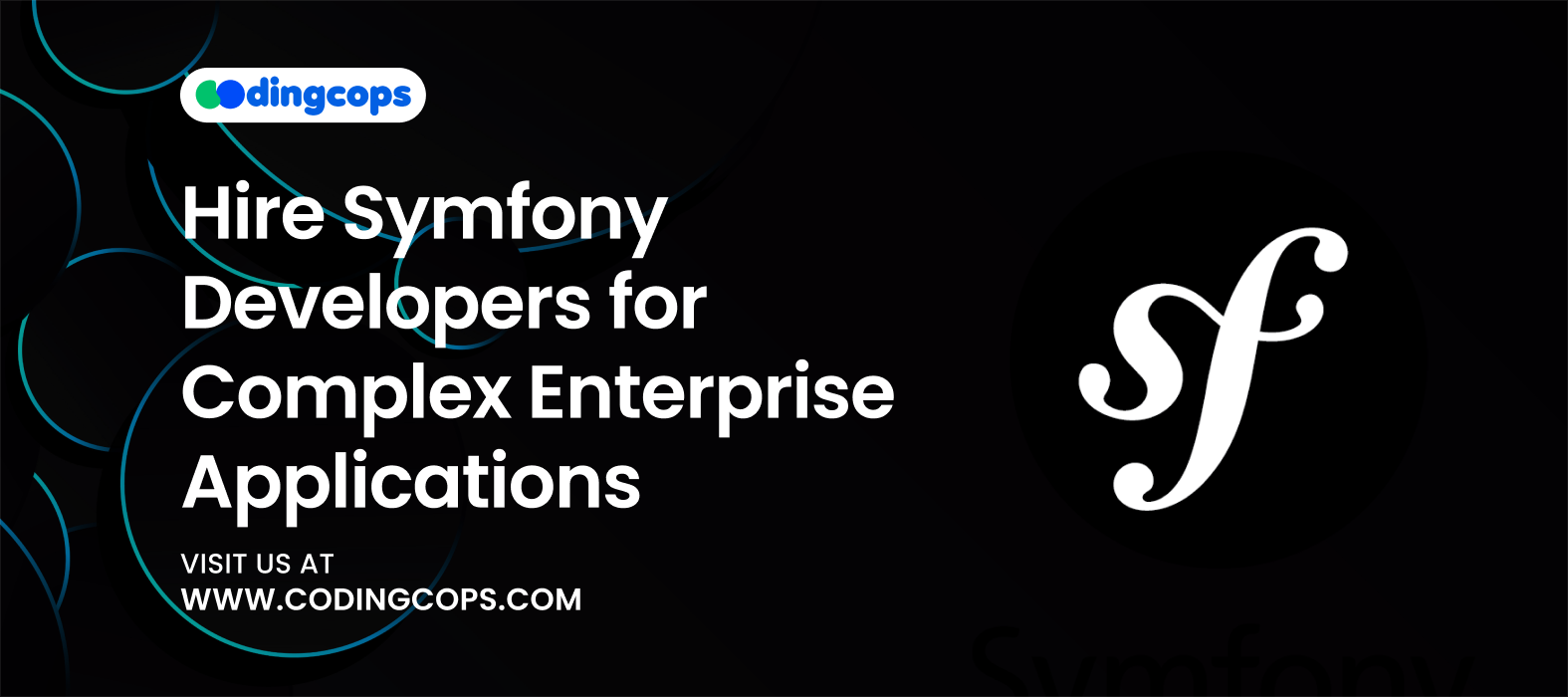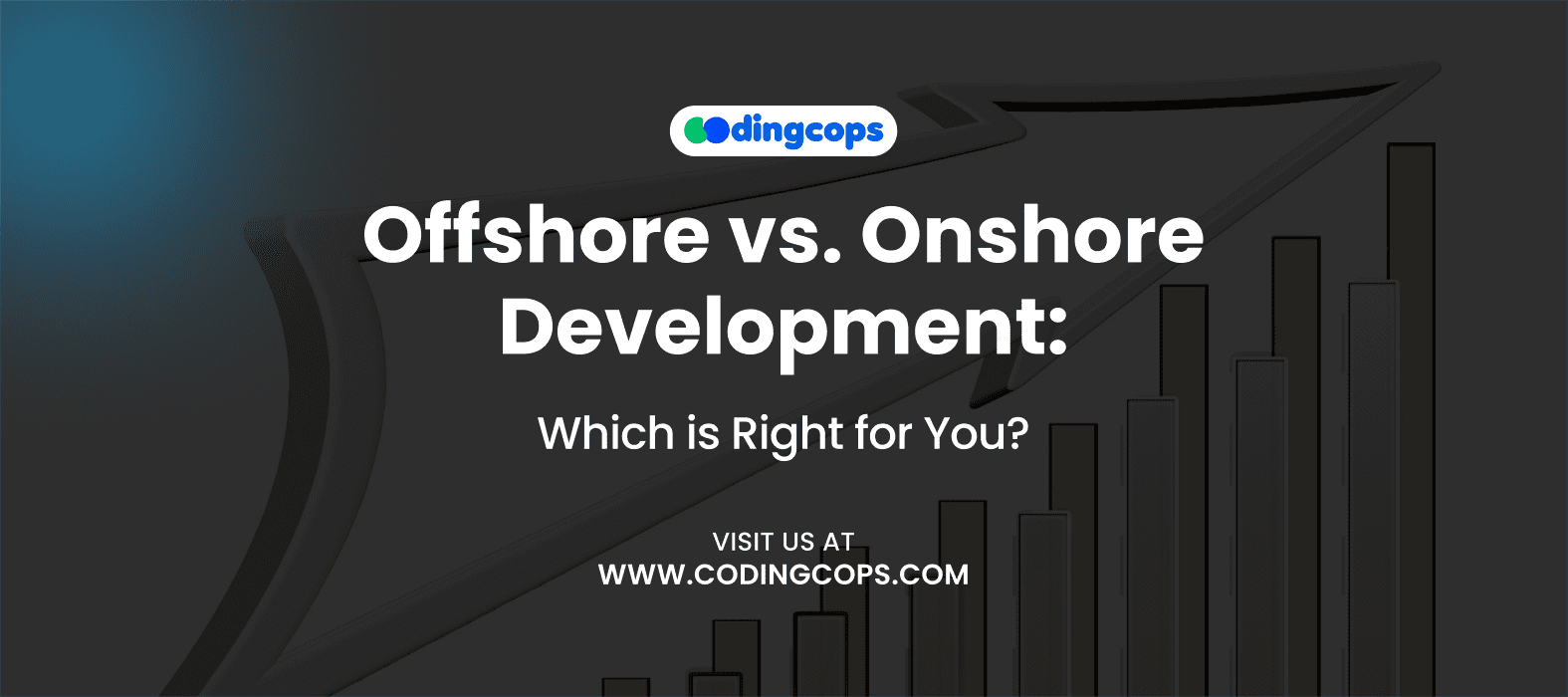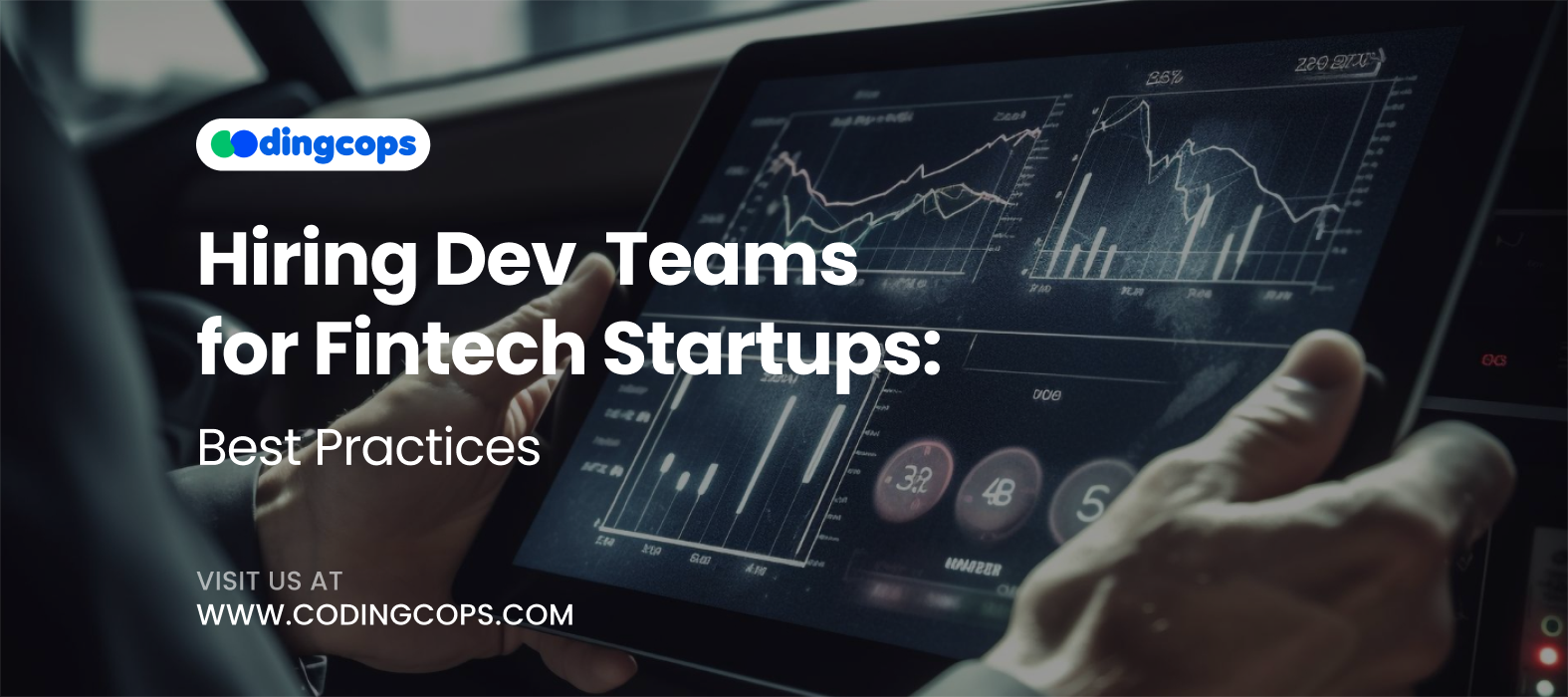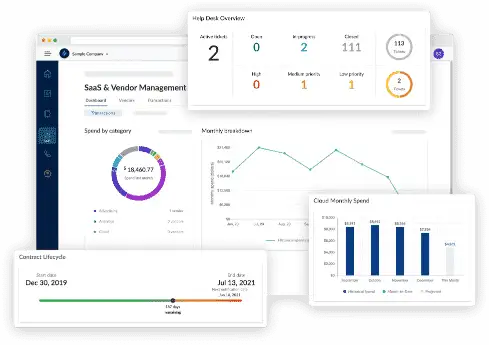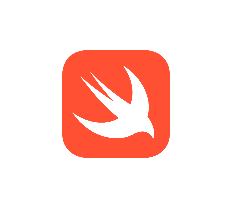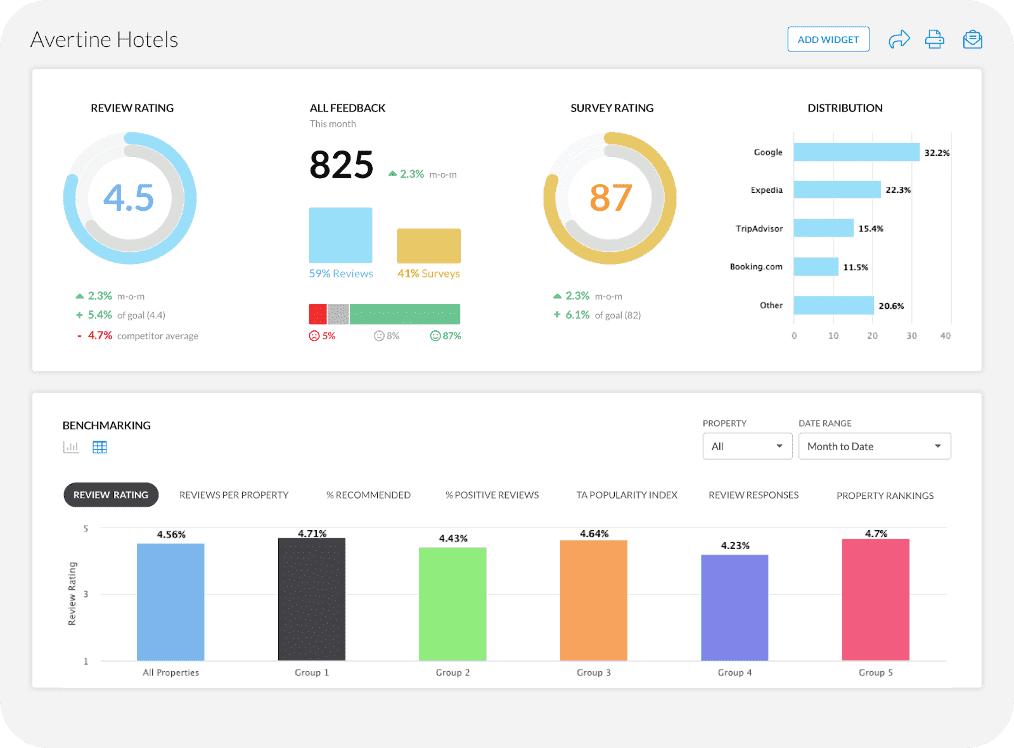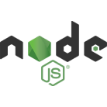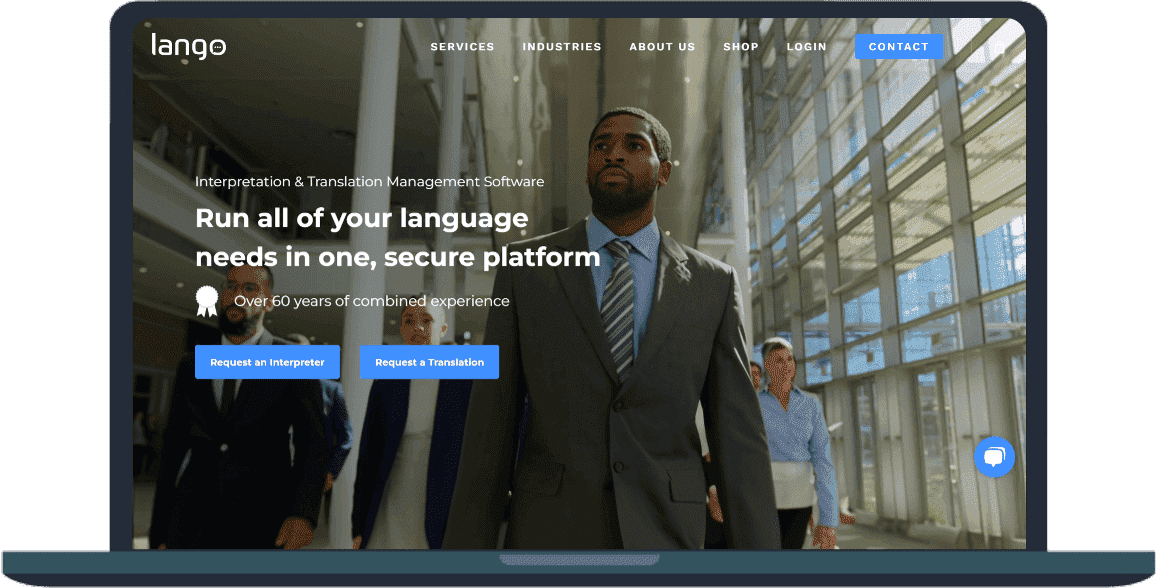Selecting the appropriate price model is one of the first and most important choices you will have to make when beginning a software development project. This decision could make or break your venture and have a big impact on the project as a whole.
The Time & Material model and Fixed Price model are two of the most often utilized pricing structures in the software sector. Each has a unique set of advantages, disadvantages, and best practices.
A recent study indicates that about 60% of software development firms choose the Fixed Price model for dealing with clients’ projects and requirements. Because clients prefer more consistency, software vendors and service providers choose fixed prices, particularly in startups with tight schedules and limited funding.
On the other hand, around 40% of software agencies utilize the Time & Material model, favoring flexibility and adaptability in large-scale projects.
Hence, choosing between these models is a strategic decision that impacts the overall project. In this comprehensive guide, we will take you into the core of both models, explore their strengths and weaknesses, and help you determine the right model for your project.
Fixed Price Model

Firstly, let’s understand the fixed price model.
This model is like a contractual agreement between a service provider and the customer. In this agreement, the service provider agrees to complete a project at a pre-defined cost, regardless of the time and resources consumed.
Moreover, the customer or the client defines business requirements, expectations, project scope, timelines, deliverables, and milestones before the project begins. All these things come together and give a clear picture of the project to the service provider.
Working Method of Fixed Price Model
Initially, there is a brainstorming session in which the client and the service provider team sit and invest considerable time. In this session, they collectively define the detailed requirements, features, and technical specifications. They prioritize the parts of the application and perform risk analysis.
All such things allow to have a cost and time estimation for the project. Once finalized, the contract is signed between both parties, and the budget is locked in.
When To Use a Fixed Price Model?
You should opt for fixed price contracts when:
- You have short-term projects
- Building MVPs
- You have projects with a minimum budget and rigid deadlines.
- The project requirements are clear.
- Development time is not greater than 3 – 4 months.
- Project requirements won’t change during the project.
How to Manage Risk in a Fixed Price Contract
Here are the points that will help you mitigate risk using fixed price contracts:
- Clearly define the project scope, deliverables, timelines, and responsibilities before the contract begins.
- Ensure that both parties fully understand the scope of the project and agree on the mentioned clauses.
- Stick strictly to the defined budget and completion timeline.
- Have open communication to quickly address issues or concerns arising in the project.
- Be prepared with a backup plan in case of any uncertainties, unexpected risks, or disruptions that prevent your project from continuing or derail.
- Do not forget to add buffer time in the timeline to absorb the unanticipated delays and changes in the project.
- Whether the project has a long or short duration should check the progress of the project regularly to ensure that the project is on track and in line with the original scope.
Pros and Cons of the Fixed Price Model
| Pros | Cons |
| You get clear pricing for the expected service or product | There is a risk of loss if the cost increases due to uncertain factors. |
| Fixed pricing simplifies the pricing process, making it easier for customers to understand and compare offers. | Fixed price gives limited flexibility when dealing with changes in the project scope. |
| There is potential for getting higher profits | Not suitable for complex projects. |
| Fixed pricing gains customer loyalty. | |
| Businesses work efficiently to complete the project within the defined costs. |
Fixed Price Business Model Example
A short-duration project requiring only 3 to 4 months or less for development a project falls under this category. However, the project must have a clear scope and budget bracket to avoid any mishaps after the project gets started.
Time & Material Model
Now, let’s come to the Time & Material model. This model is more flexible compared to the Fixed Price Model.
This model doesn’t lock the cost and scope upfront, instead, there is a mutual consent among the service provider and the client to pay for the actual worked hours and the resources consumed during the project. The Time & Material model is typically based on the Agile development approach, where requirements evolve based on user feedback, testing, and ongoing learning.
This model eliminates the need for a drawn-out planning phase. The service provider or software development team charges only on an hourly, weekly, or monthly basis for resources.
Working Method of the Time & Material Model
The working methodology of the Time & Material model is 180 degrees opposite to the Fixed Price model. The project following the time & material model starts with a rough estimate, and work is usually completed in various phases and sprints.
With every ending sprint, there is a progress review, and the future sprints and plans are adjusted accordingly. As far as costing is concerned, it is usually done on a weekly or monthly basis, depending on the timesheets and resource utilization.
When to Use a Time & Material Model?
You should opt for the Time & Material approach in the following scenarios:
- While dealing with medium to large-scale projects
- When there is a project with evolving requirements
- A project with undefined scope
- When a project demands flexibility in modifying the project scope or workloads
- When the budget is not fixed
- The development process is expected to exceed 6 months
How to Manage Risk in a Time & Material Contract
Let’s now go through the key points of managing risk in a time & material contract.
- Communication is the key in the time & material contract. Ensure transparency and smooth communication between the client and the service provider to align expectations and resolve issues at the earliest possible.
- It is better to set a maximum expenditure cap to keep your spending limit in control and ensure financial predictability.
- Monitor the progress of the project regularly and analyze whether it is within the agreed budget and timeline or not.
- Make sprints to manage the changing requirements.
- Yes, you can make changes in the project’s scope, but keep an eye on the hours and track time to avoid any unjustified or excessive costs.
- Before starting the project, clearly define deliverables, timelines, and billing methods to avoid any conflicts later on in the project.
Pros and Cons of the Time & Material Model
| Pros | Cons |
| In the T&M model, you can change the project’s scope and requirements. | There is no final cost in T&M projects. There is always a risk of exceeding the budget cap. |
| This model promotes transparency as clients can see the exact working hours from the service providers. | Timelines are not defined in such projects. |
| It offers more control over the project as clients can track progress and suggest changes as needed. | There is greater client involvement in the T&M model, which is sometimes a drawback. |
| Developers work with sheer focus and produce projects of high quality. | |
| The hourly cost and material cost can be negotiated. |
Time & Material Business Model Example
A project that requires a completion time of over 6 months falls under the category of the Time & Materials model. It needs time, money, material, and a cross-functional team of over 10 people who work together to complete the project.
Factors to Consider When Choosing a Model
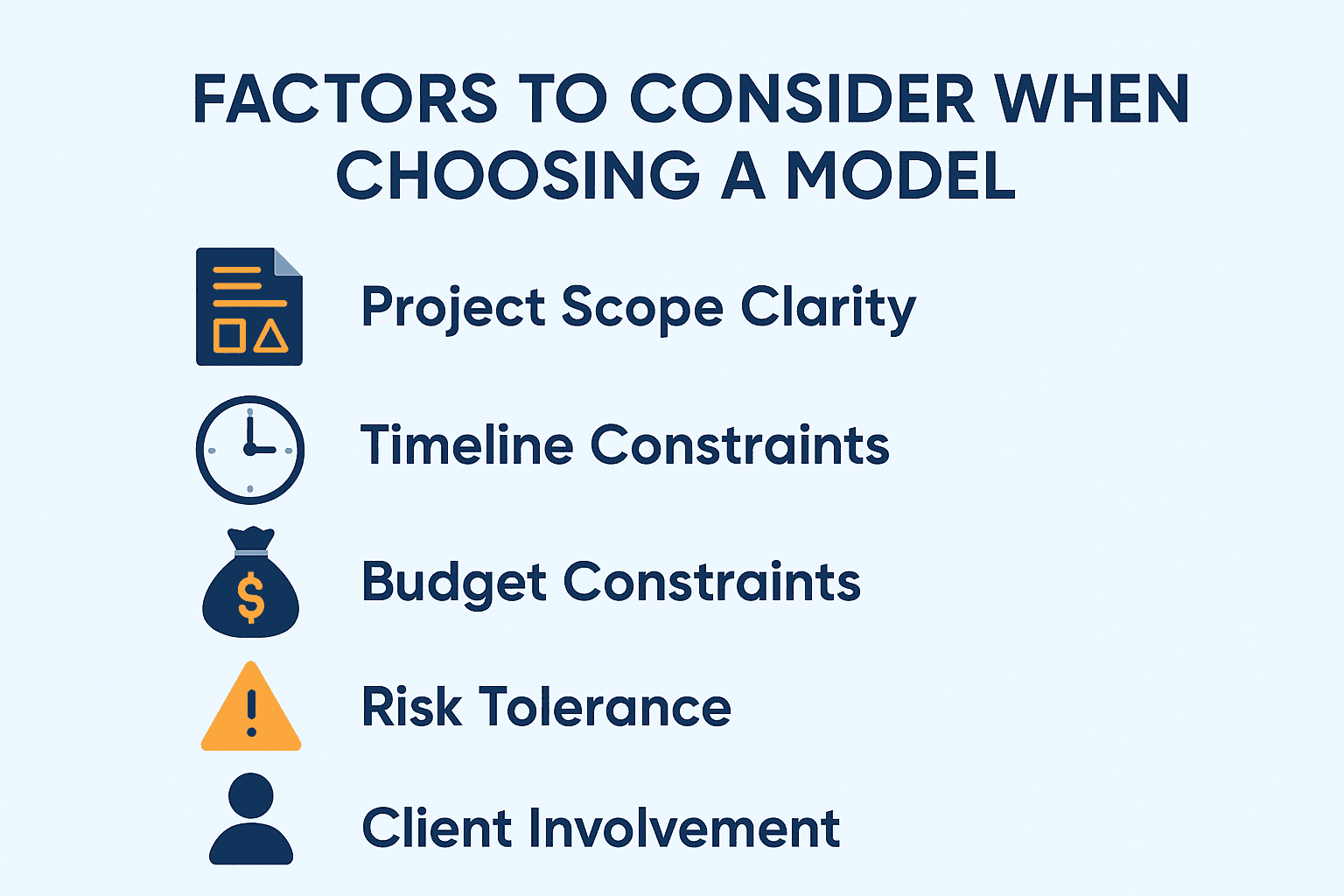
While selecting the model for hiring, you need to take into account a few key factors that play a vital role in determining the success of your project. Let’s traverse through those key factors:
Project Scope Clarity
Be clear about the scope of your project. If your project has well-defined features, requirements, and functionalities that you think won’t change, you may opt for the Fixed Price model.
However, if the scope is bound to change, go for the Time & Material approach.
Timeline Constraints
Consider your project timeline, if it is tight and you have to meet it at any cost, it is better to go with a fixed price. However, having a flexible timeline for the project gives you the choice to have T&M, which allows iterative improvements.
Budget Constraints
Take into consideration your pocket. Decide whether it is capable of managing fluctuating expenses or not. If the budget is strict, stick to the Fixed Price approach.
On the other hand, if you can accommodate changing requirements and additional investments, go for the Time and Material hiring model.
Risk Tolerance
Don’t forget to consider the risk tolerance factor for both approaches. Talking about Fixed Price, it minimizes the risk on the client side but shifts it to the vendor side. While T&M shares the risk factor, but requires the client to stay more involved.
Client Involvement
Another thing to consider is the client’s involvement. If you are a client and want the services of a vendor to complete a project for you but with no involvement from your side, you’d better go with a fixed price.
If you assume that your involvement is necessary or your collaboration is compulsory during the ongoing project, choose Time and Material.
Fixed Price vs. Time & Material Hiring Model – A Quick Differentiation
| Aspects | Fixed Price Model | Time & Material Model |
| Cost | Fixed cost and agreed upon before starting the project | Based on actual time and resources used |
| Scope | The project scope is defined at the start | The project scope is flexible and can evolve during the project. |
| Timeline | Timelines are strict. | Flexible timeline; can change based on project requirements |
| Client Involvement | Minimal client involvement | Client involvement is very high |
| Flexibility | Low | High |
| Risk | More on the vendor side | Risk is shared between the client and the vendor |
| Ideal for | Short-term projects | Long-term, complex projects |
Final Verdict
In conclusion, choosing between a Fixed Price and a Time & Material project is solely the choice of the client with the project in hand. However, we tried our best to define the strengths and weaknesses of both hiring models. Fixed Price offers price predictability and is an ideal choice for short-term, well-defined project requirements.
On the other hand, Time & Material takes the lead when it comes to long-term, complex projects, as it involves no strictness for timelines and has fewer budget constraints.


